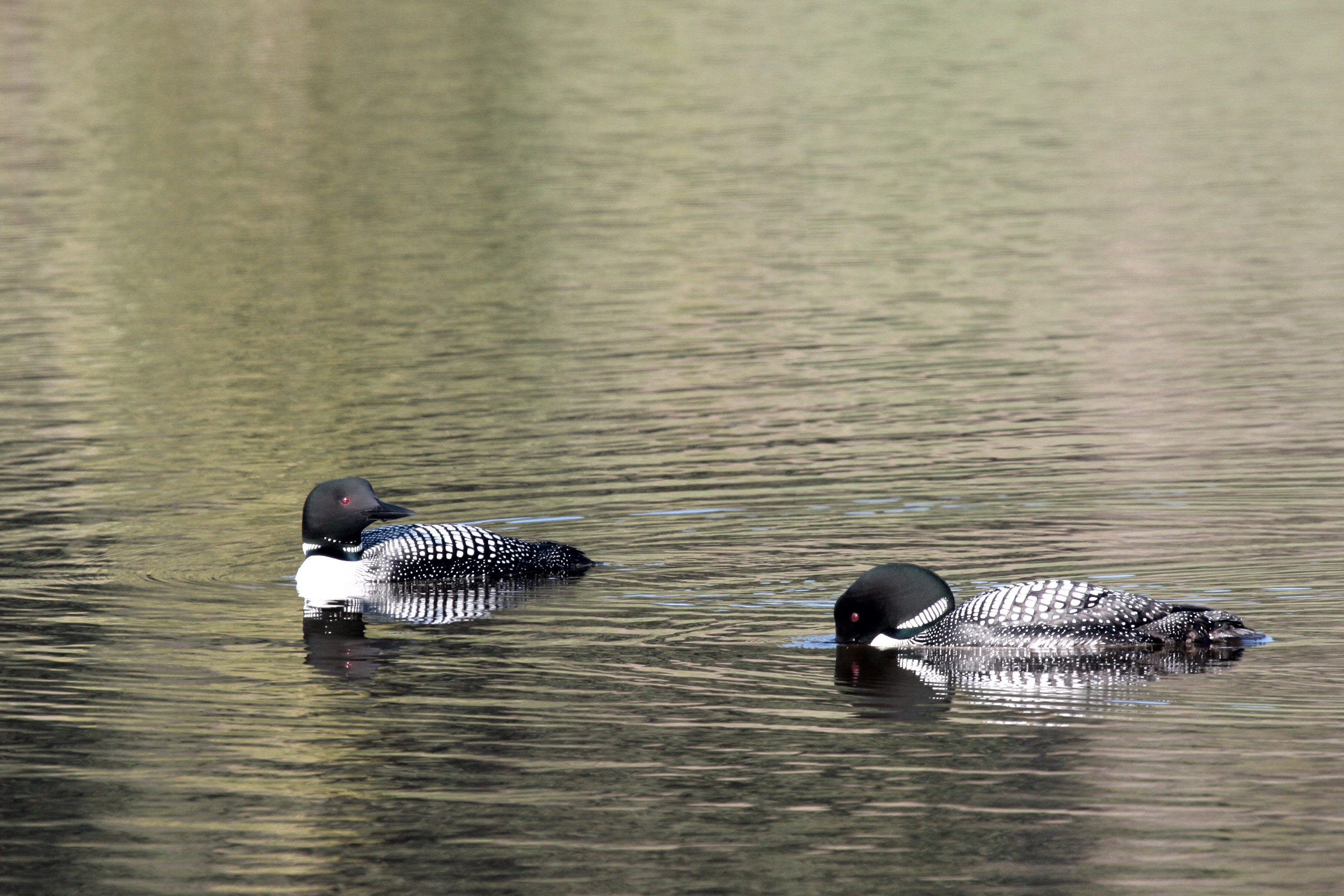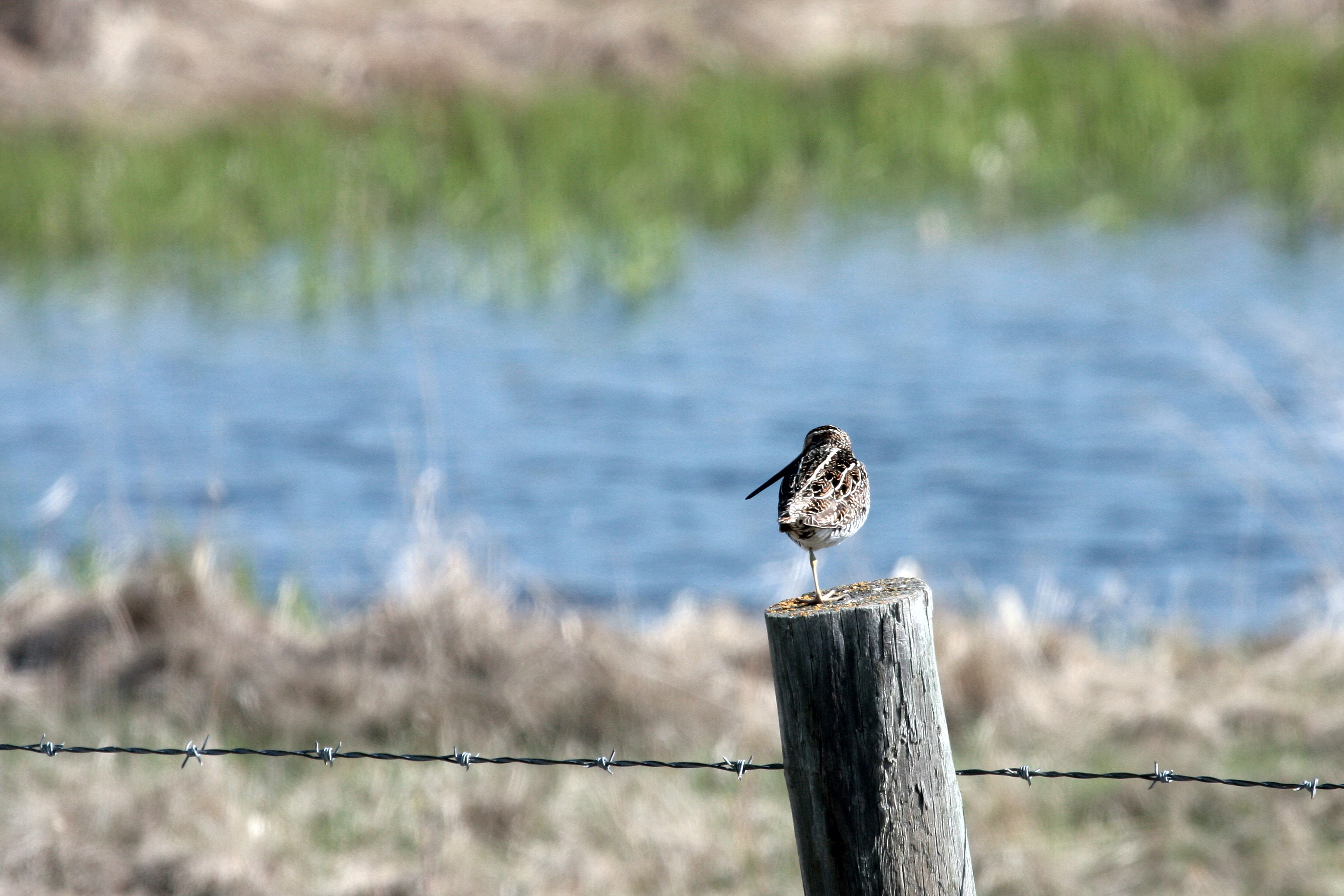June is another great month to go birdwatching, migrants can still be seen during the early parts of the month and the summer residents have started to settle down. In June, the first fledglings appear, learning to survive and to fly. Our list for the month of June contains a varied list of species, some beautiful and others simply impressive.
1. Ruddy Duck
A small diving duck, the male Ruddy Duck has a black cap, white cheeks, a reddish body and a bright blue bill, rendering it a colourful duck. The female is dark brown above and lighter below with white cheeks and a gray bill. When disturbed, the Ruddy Duck will be more likely to dive then to fly. The Ruddy Duck may be seen at Frank Lake, which is where I see many Ruddy Ducks.

2. Mountain Bluebird
The male Mountain Bluebird is a beautiful sky-blue passerine from the thrush family. The female is brownish grey above and grey below, with some blue on the wings, rump and tail. A truly brilliant bird, the bluebird made it onto the list with ease. Look for Mountain Bluebirds in the Cochrane area or the Water Valley area in June. You can also visit the Ellis Bird Farm near Red Deer which is dedicated to the conservation of many birds, the Mountain Bluebird being one.

3. Great Horned Owl
The Great Horned Owl is a widespread owl throughout much of North America but never fails to impress thanks to its large size and regal composure. It has been described as the fiercest, most aggressive and most impressive owl of North America. The Great Horned Owl is also the official provincial bird of Alberta. There are many different places to see this large owl, there is currently a nest in the Sikome area of Fish Creek.

4. Spotted Towhee
A member of the sparrow family, the Spotted Towhee is rather inconspicuous, except in the summer when the male can be found singing his distinctive call; one or two short introductory notes followed by a fast trill. The song may sound like the bird is singing, ‘drink your tea’. The best places to see the Spotted Towhee in Calgary are in the Weaselhead and in Votier’s Flats, in Fish Creek.

Image courtesy Wikipedia
5. Rufous Hummingbird
Our last bird for the month of June is the Rufous Hummingbird, a bird with fiery colors and a fiery temper. The male has rufous coloring on his back, sides, flanks and tail while his crown is glossy green. The male Rufous Hummingbird is very aggressive and territorial and will use many different displays to protect his territory. Look for this hummingbird in the Weaselhead or on the Many Springs Trail in Bow Valley Provincial Park, west of the city.

Image courtesy Wikipedia
Which of these birds can you find? Feel free to send us your photos and stories, they may make it up on the blog!
Posted by Matthew Sim













































































